Missing Person Photos
A missing person is a person who has disappeared and whose status as alive or dead cannot be confirmed as their location and condition are unknown. A person may go missing through a voluntary disappearance, or else due to an accident, crime, death in a location where they cannot be found (such as at sea), or many other reasons. In most parts of the world, a missing person will usually be found quickly. While criminal abductions are some of the most widely reported missing person cases, these account for only 2 to 5 percent of missing children in Europe.
By contrast, some missing person cases remain unresolved for many years. Laws related to these cases are often complex since, in many jurisdictions, relatives and third parties may not deal with a person's assets until their death is considered proven by law and a formal death certificate issued. The situation, uncertainties, and lack of closure or a funeral resulting when a person goes missing may be extremely painful with long-lasting effects on family and friends.
A number of organizations seek to connect, share best practices, and disseminate information and images of missing children to improve the effectiveness of missing children investigations, including the International Commission on Missing Persons, the International Centre for Missing & Exploited Children (ICMEC), as well as national organizations, including the National Center for Missing & Exploited Children in the US, Missing People in the UK, Child Focus in Belgium, and The Smile of the Child in Greece.

Resources for Missing Persons
According to current statistics, 4,000 people in the United States go missing every day.
Sometimes a child suddenly vanishes from the bus stop or the local park or even from their own yard or bedroom. Or a teenager doesn�t return home after a walk to the neighborhood grocery store or a bike ride or a party with friends.
Other times, an adult is mysteriously absent from their job or neighbors haven�t seen them for several days, and family and friends haven�t heard from them either.
Missing Person Photos
Walter Thomas Ackerson Jr.
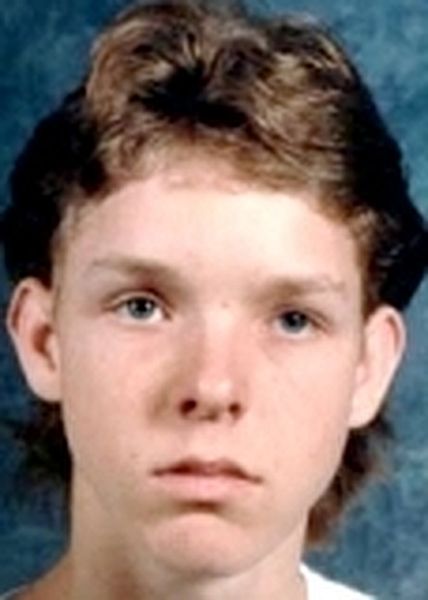

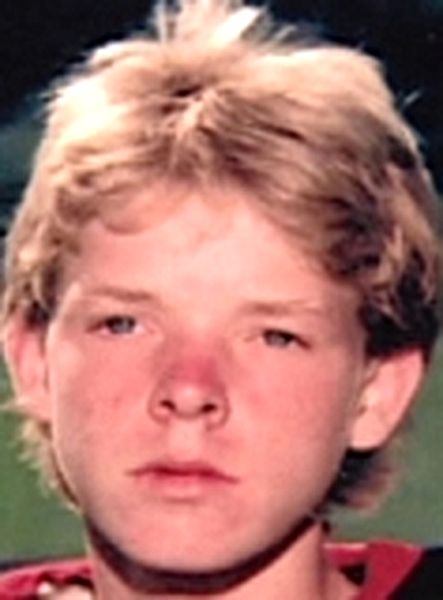
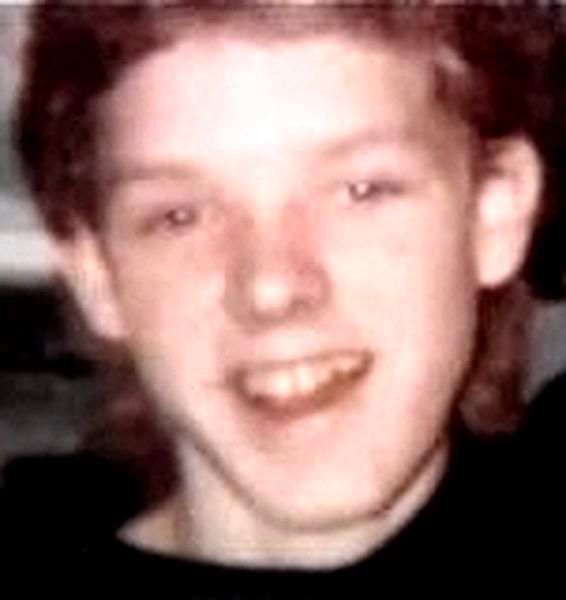
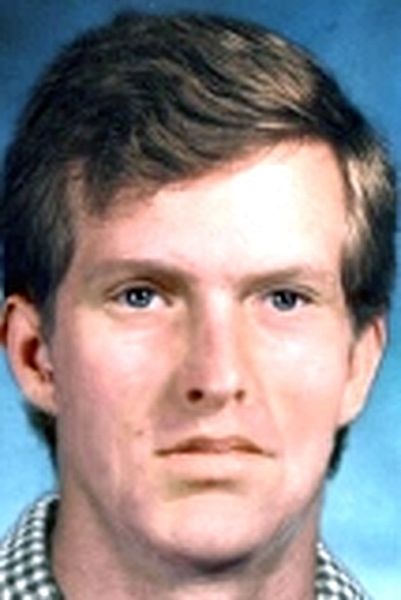
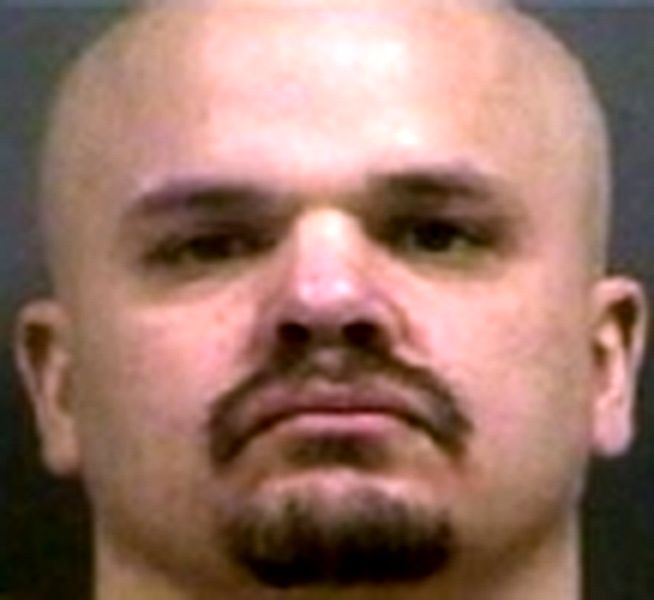
Walter, date, approximate 1990; Age-progression to age 35 (date, approximate 2008); Troy Culver, date, approximate 2009
Date Missing 03/24/1990
Missing From
Newport, Oregon
Missing Classification Endangered Missing
Sex Male
Race
White
Date of Birth 07/06/1973 (49)
Age 16 years old
Height and Weight 5'7, 128 pounds
Clothing/Jewelry Description A black t-shirt, black Levi's jeans and white sneakers.
Medical Conditions Walter has asthma.
Markings and/or Distinguishing Characteristics Caucasian male. Dark blond hair, blue eyes. Walter's teeth are crooked and have numerous gaps between them; he was in need of dental care at the time of his disappearance. He has a small scar above his lip and a scar across the top of his right foot. Walter is right-handed. At time that he vanished, his hair was styled long in the back and short on the sides.
Details of Disappearance Walter was born in Kettle Falls, Washington. His parents separated in the 1970s and he lived with his mother, Karen Hull. They moved to Puyallup, Washington in the late 1980s. Walter disliked school and he was bullied there. Although his test scores were above average, he was frequently truant and began abusing alcohol.
He left his mother's home and moved in with his grandmother, Dolores Owens, in Tenino, Washington, and then he moved in with his ex-stepfather and younger brother in Spokane, Washington, but that didn't work out. He returned to Puyallup and entered family counseling with his mother.
In March 1990, Walter joined the federal Job Corps program and moved into the Angell Job Corps facility in Yachats, Oregon, 300 miles from Puyallup. Hull consented because she thought it would be good for him; the students were supervised, alcohol was prohibited, and Walter could get his GED and learn a trade. He was reportedly very happy about entering the Job Corps, and selected culinary arts as a career interest. Hull signed forms giving him permission to go off-site on his free days for unsupervised trips.
At first, Walter called his mother and grandmother on a regular basis. The last call was on March 20; Walter told Owens, "This place is nothing like you think it is." His family never heard from him again.
On March 24, only two weeks after he entered the Job Corps, Walter and three older fellow Job Corps members, Troy Culver, Eric Forsgren, and Geoff Calligan, left the facility without permission and hitchhiked to Nye Beach off Oregon Highway 101 in Newport, Oregon, twenty-fives miles from Yachats.
His friends stated they last saw him standing on a bluff above the beach while they played football below. He then disappeared without a trace. The next day, they returned to Angell Job Corps without him.
The Job Corps wrote Walter off as a runaway, although there were rumors that had met with foul play. They didn't tell his mother about his disappearance until April 5, which was a violation of their own policies; they were supposed to notify parents of missing students within 24 hours. Hull asked them to file a missing persons report, but they didn't.
Walter wasn't officially reported missing until April 16. A Job Corps staff member told Hull that Walter had taken all his belongings with him, but Hull and Owens were given all his things two days later when she went to the Angell Job Corps facility. Only his baseball card collection was missing.
The Job Corps claimed they had left a message on Owens's answering machine and sent a letter to Hull notifying her of Walter's disappearance, then called her and spoke to her on March 29. Neither of those things were true; Hull never received a letter, she doesn't remember being called on March 29, and Owens didn't even have an answering machine.
When Walter's mother and grandmother confronted the Job Corps about their false statements, the staff admitted that perhaps they had not, in fact, notified them. Hull and Owens were permitted to see Culver, Forsgren and Calligan. A Job Corps staffer repeated their story in their presence and they confirmed it. Culver apologized to Hull for Walter's disappearance, saying he was "responsible" for Walter and felt guilty that he had run away.
Emma Beller, who was said to have been Walter's girlfriend in 1990, told Hull she had heard that Culver and Forsgren got into a fight with Walter and threw him off a bridge. Hull went to the police with Beller's story, but they never followed up on it, stating Walter's body would have washed ashore if the story had been accurate.
Hull returned to the Angell facility on April 30 to put up missing person posters for Walter, but she wasn't allowed on the property. Hull wrote letters to her state representative and senator, who inquired with the Job Corps, but were told that the Job Corps had attempted to contact Hull and Owens within a day of Walter's disappearance and that Walter had simply run away.
The police accepted the Job Corps' assertion that Walter had run away. A police officer interviewed Culver, who said Walter hated the Job Corps and kept complaining about it. Culver stated Walter smoked marijuana and also claimed he had taken LSD, and that he got drunk the day of his disappearance. Job Corps officials told police they'd notified Walter's mother of his disappearance within two days. The investigating officer suspended the investigation for lack of any information as to Walter's whereabouts.
All three of Walter's companions left the Job Corps in the summer of 1990. Calligan graduated, but Culver and Forsgren were both expelled for rule violations. Culver was readmitted to the Job Corps in 1994. He admitted in his application that he had a drinking problem and could become violent when he was drunk.
In 2001, Culver assaulted a woman and threatened her with a gun. He was charged with first-degree rape, but the charge was dropped and he pleaded guilty to third-degree assault and unlawful gun possession. He was later convicted of encouraging child sex abuse and sentenced to 21 months in prison, and was required to register as a sex offender after he was paroled.
Forsgren also got in trouble with the law after he left the Job Corps; he was convicted of various theft- and drug-related offenses over the next two decades. He was not interviewed by law enforcement about Walter's disappearance until until 1996; he gave the same story he had the previous times, that Walter had gotten drunk that day and vanished while the others were playing football.
The investigation into Walter's disappearance was reopened in 2004, after one of his missing child fliers was found in the home of a suspected pedophile. A new police officer with the Lincoln County Sheriff's Office in Washington, where Walter lived and had been reported missing to in 1990, tracked down Forsgren and Culver and interviewed them again; both told the same story again.
Calligan was interviewed in 2005, his first police interview about Walter's disappearance, and backed up Culver and Forsgren's statements. Beller was also interviewed but said she couldn't remember anything about Walter's disappearance and had never really dated him. The was closed again for lack of evidence.
In August 2009, Culver confessed Walter's murder to his parole officer. He made his statement after he joined a drug treatment program which requires its participants to make amends for past wrongs.
Culver said Walter was drunk and "whining," and Culver, irritated by the noise, beat him until he was unconscious or perhaps dead. He, Forsgren and Calligan took Walter's body to the Yaquina Bay Bridge and threw it off together, more than 100 feet into the water. When they returned to the Job Corps, the three young men washed their bloody clothes and agreed on a story to explain Walter's disappearance.
When police interviewed Calligan and Forsgren about Culver's confession, they confirmed it. Forsgren stated he thought Walter was alive when they threw him off the bridge. Calligan said he had told another Job Corps student as well as his sister about the murder shortly after it happened; both witnesses gave statements to the police after the men's confessions.
A photo of Culver is posted below this summary. In October 2010, he pleaded guilty to manslaughter in Walter's . He was sentenced to ten years in prison, to be followed by three years of probation. Forsgren and Calligan both admitted to their roles in Walter's presumed death and both got immunity from prosecution.
Lincoln County, Washington police are investigating Walter's disappearance, which remains classified as a non-family abduction. Foul play is suspected in his due to the circumstances involved.
Investigating Agency
Lincoln County Sheriff's Office
541-265-4277
Other
The National Center for Missing and Exploited Children
Operation Lookout
Oregon State Police
Southern Poverty Law Center
Intellnet: the Intelligence Network
The Seattle Post-Intelligencer
KIRO TV
KOMO News
Missing Person Photos
A missing person is a person who has disappeared and whose status as alive or dead cannot be confirmed as their location and condition are unknown. A person may go missing through a voluntary disappearance, or else due to an accident, crime, death in a location where they cannot be found (such as at sea), or many other reasons. In most parts of the world, a missing person will usually be found quickly. While criminal abductions are some of the most widely reported missing person cases, these account for only 2 to 5 percent of missing children in Europe.
By contrast, some missing person cases remain unresolved for many years. Laws related to these cases are often complex since, in many jurisdictions, relatives and third parties may not deal with a person's assets until their death is considered proven by law and a formal death certificate issued. The situation, uncertainties, and lack of closure or a funeral resulting when a person goes missing may be extremely painful with long-lasting effects on family and friends.
A number of organizations seek to connect, share best practices, and disseminate information and images of missing children to improve the effectiveness of missing children investigations, including the International Commission on Missing Persons, the International Centre for Missing & Exploited Children (ICMEC), as well as national organizations, including the National Center for Missing & Exploited Children in the US, Missing People in the UK, Child Focus in Belgium, and The Smile of the Child in Greece.

Resources for Missing Persons
According to current statistics, 4,000 people in the United States go missing every day.
Sometimes a child suddenly vanishes from the bus stop or the local park or even from their own yard or bedroom. Or a teenager doesn�t return home after a walk to the neighborhood grocery store or a bike ride or a party with friends.
Other times, an adult is mysteriously absent from their job or neighbors haven�t seen them for several days, and family and friends haven�t heard from them either.
Missing Person Photos